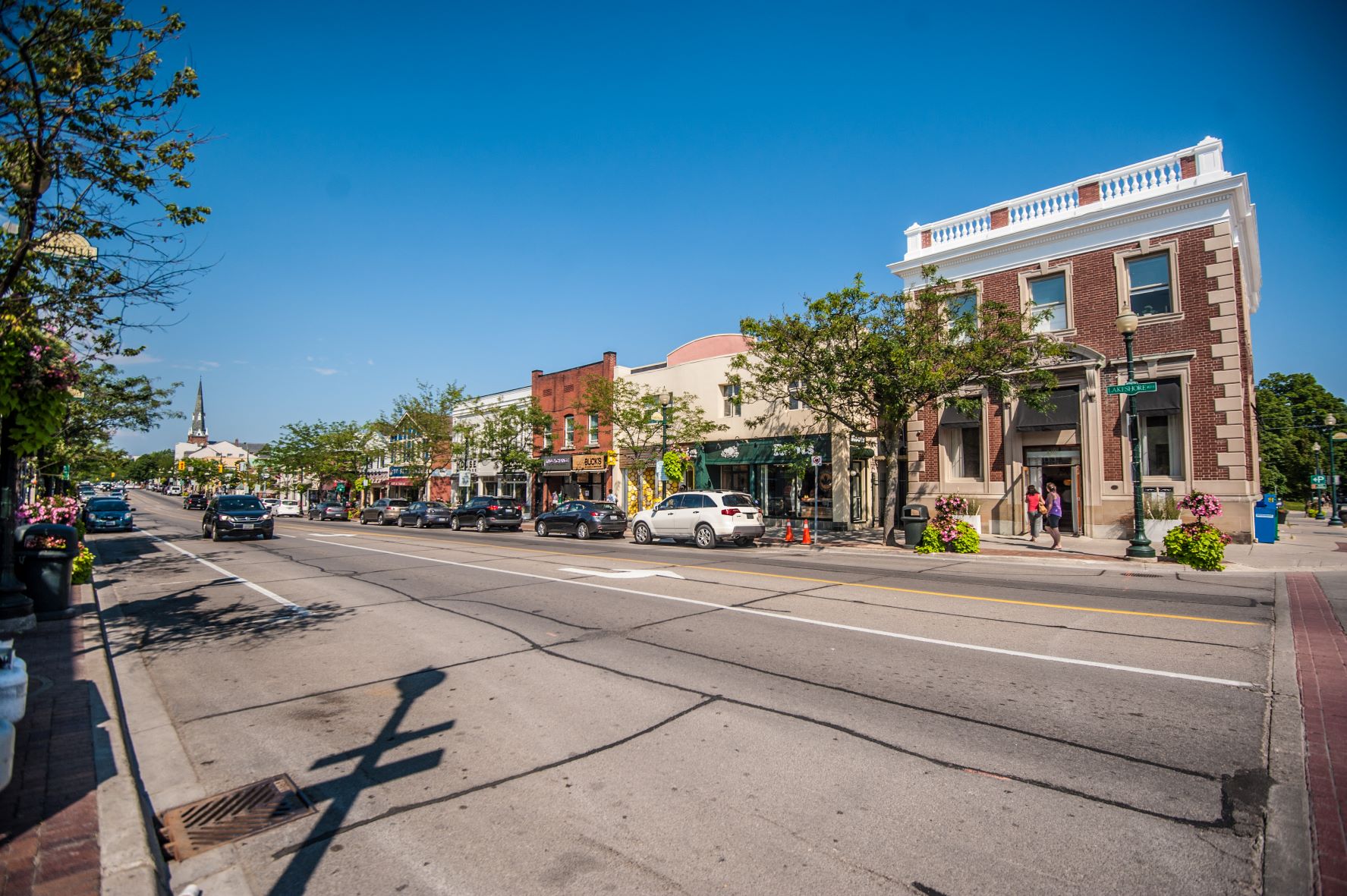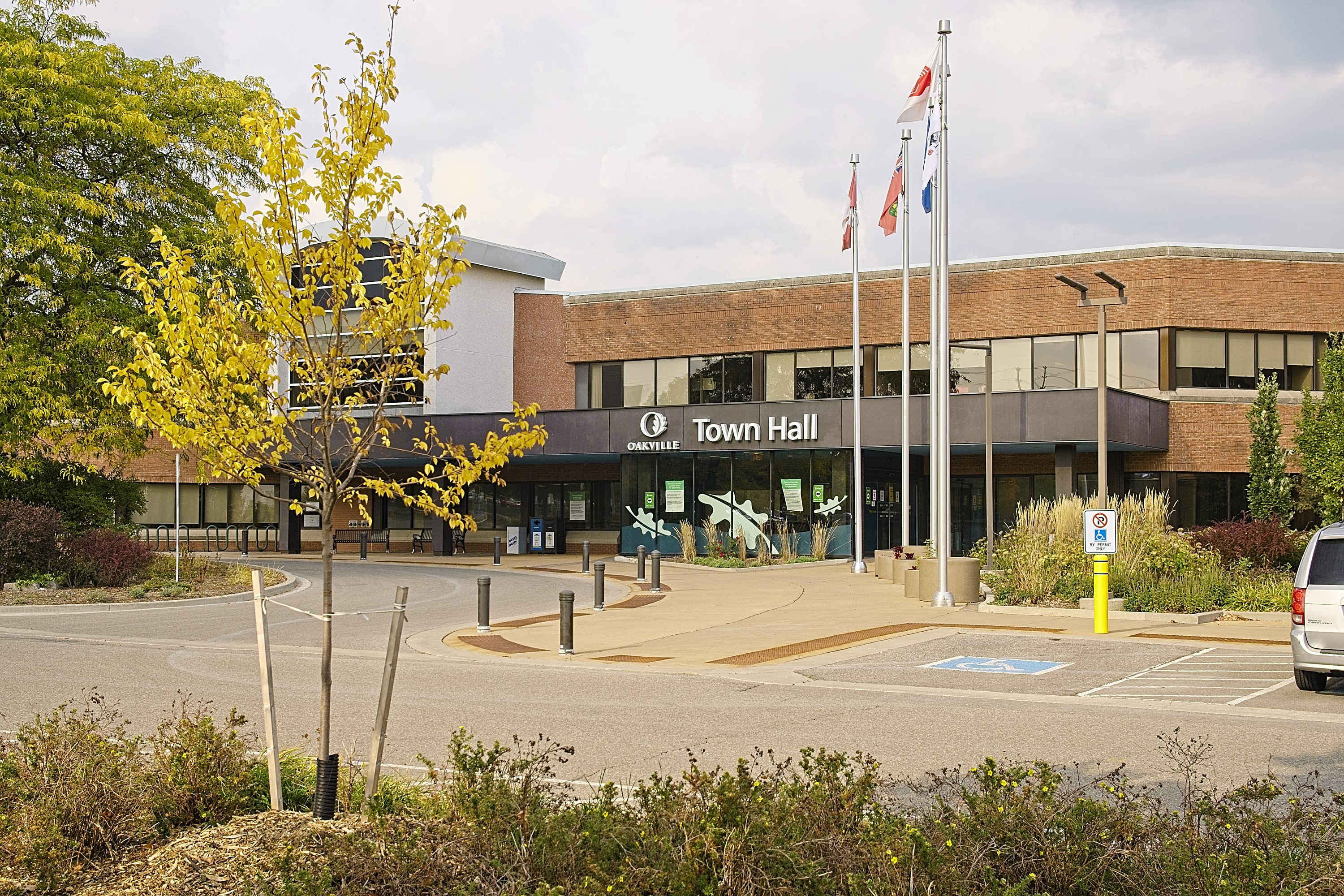A new ranking of Canadian cities on livability scored Oakville in 29th overall in Canada, and 4th in Ontario.
Yogi Berra once said about a restaurant, "Nobody goes there anymore, it's too crowded." It's that kind of comment that made us at Oakville News a bit skeptical of the Globe and Mail's assessment of livability in our town.
If we are that much less livable than Burlington, why are people willing to pay 40% more for a house here?
This past Saturday, the Globe and Mail's front page featured a comprehensive survey of Canadian cities for Livability. Given that 17-year Mayor of Oakville Rob Burton has long claimed as his mission "to make Oakville the most livable town in Canada," our 29th place ranking must, well, rankle.
Especially since, earlier in his mandate, Oakville has placed much higher, even sometimes first, in previous rankings of best places to live in Canada. And especially since Burlington ranked 24 spots higher.
(There is no legal difference between a town and a city, the nomenclature is strictly a matter of choice.)
Burton is quick to flag what he calls bias in the Globe and Mail report: "If people are attracted to a place so much that it grows faster than the average growth of the country, is the place more livable? The Globe authors take points off."
Julia Hanna, mayoral candidate in Oakville's last two municipal elections, has made a point in her campaigns of flagging that the trend is downwards of late, with our neighbour Burlington headed in the opposite direction.
In 2018, MoneySense magazine rated Oakville the Best Place to Live in Canada, and the Best Place for New Canadians. At the time we were ranked third as a place to retire and fifth to raise a family.
We have moved down on all these lists, albeit in a different publication with a different methodology.
"While I congratulate our neighbour Burlington on ranking 5th in the best place to live in Canada I am disappointed in Oakville's considerable fall in this and other rankings," says Hanna. "People sense things have changed, they feel it. Now another external rating has confirmed these feelings. It's time to listen and act."
The Globe and Mail survey amalgamates numerous categories for livability to arrive at its ranking. You can drill down in every category and by region. It is encouraging that Oakville is 4th in Ontario overall, even though Burlington came first, but there are some other disappointing ratings.
As a place for newcomers, Oakville doesn't make the top 20 in Canada, and is 17th in Ontario with Burlington second. Yet Oakville ranks higher in the feature for diversity than Burlington does.
- For entrepreneurs, Oakville comes 14th in Canada and 3rd in Ontario, and Burlington doesn't make the top 20 in either ranking.
- Burlington edges us out as a place for mid-life transition, coming 1st in Ontario to our 5th (we don't place in the top 20 nationally in this category, but Burlington is 3rd).
- For young professionals, Burlington is 14th nationally and Oakville misses the top 20. Provincially, Burlington is 1st and Oakville 8th.
In the feature, Oakville still beats Burlington for retirement, coming in at 13th compared to our neighbour's 19th. When it comes to raising kids, Burlington is 9th and Oakville 11th.

What explains all this? The Globe and Mail methodology is carefully described in the feature.
One of the biggest differences between Oakville and Burlington is the first factor in the list of characteristics that are measured: Growth rate in the past 5 years, and in the next 5. On this criterion, Oakville has had 10.2% in the past five years, whereas Burlington only 4.9%.
And in terms of what we are all currently experiencing, Oakville expects a 17.1% increase in the next 5 years while Burlington is anticipating only 3.8%. While the province mandates growth, people move to a place and buy or rent homes there.
As Mayor Burton points out, this might just as easily be viewed as a positive indicator of the livability of a community.
One other factor we noted is that lower real estate values are viewed in this survey as a plus. Those wanting to live here might agree, but the homeowners who already live here may not see high prices as a problem they'd like to solve. Burlington house prices are some 40% lower on average than Oakville's.
The housing mix may be a factor, but contrary to the Globe and Mail we think housing prices are also a reflection of desirability: a more desirable house in a more desirable (livable?) neighbourhood, or city, will command a higher price.
Mayor Burton suggests, "People may find the Globe's feature useful to design their own ideal profiles and see what their tool says. I believe livability being in the eye of each resident and I always ask if you have a way to increase livability, make your contribution known and let's get to work on it."
Commute times not considered in the ranking
And there is a big missing factor in the methodology, and one which we think would be weighted very highly by most Canadians in a livability ranking: commute time. In fact, many studies rank commuting time a major factor in quality of life.
The only nod to this issue in the Globe and Mail feature is transportation, where cities are ranked by walkability. Oakville beats out Burlington a little on this basis.
Yet in terms of proximity to employment, and to the big city urban amenities of Toronto, the express GO train to downtown, with seats available in Oakville even at peak times, as well as twenty minutes less car commute to the region's major employers, or to the airport, make a big difference to time spent with family. That means quality of life or livability.
This factor also translates into entertainment and educational opportunities: proximity to Toronto's world-class art museums, university libraries, sports venues, theatres, clubs and restaurants is a major factor in the livability and desirability of Oakville.
In our view, this is one of the major reasons people are willing to pay more to live in Oakville, which we think is a measure of how livable the town is in the view of its residents.
Another factor most of us would say contributes to livability is amenities. The Globe ranks proximity to grocery stores, libraries and gyms, but they don't look at community centres.
There appears to be nothing about rinks per capita, or sports facilities and pools. Nothing about arts venues. The criteria applied to restaurants is "chains per capita", which gives no weight to unique individual restaurants like the many in Oakville that residents prove they value by frequenting.
As Councillor Jeff Knoll points out, one criterion viewed by the Globe as illustrative of catering to a variety of leisure activities is cannabis shops per capita. Big win for Burlington, as we have none.
"While being 29th in a list of 439 is excellent, it illustrates that we still have work to do," says Knoll. "...Oakville gets penalized for our housing situation as we have very high average housing costs, rental rates and even individual mortgage load compared to Burlington and most other communities."
"Like Oakville, Burlington is a wonderful community, but beyond the fact that one of the rankings is the number of cannabis stores (they have many, we have none), I see the key differentiation is housing, a fact we see every day when neighbours move there for more house for less money. We absolutely need to continue to make housing affordability a top priority in every way that we potentially influence it."
While there are major gaps in the Globe and Mail's analysis, we still think there is a lot to be learned from it, and lots of indications of how Oakville's livability could be improved.
Some other takeaways in the Oakville v. Burlington comparison:
- The average household income in Oakville is $201,870; Burlington's is $150,373.
- Oakville's unemployment rate is 8.1%; Burlington's at 6%.
- 26% of Oakville residents spend more than 30% of their income on housing; 23% of Burlington residents do.
- After English, the language most spoken at home in Oakville is Mandarin. For Burlington, it's Spanish.
- Diversity in Oakville is 55% higher than the Canadian average, and in Burlington 6% lower.
- Looking at a sense of belonging to the community, Oakville and Burlington both come in at 70%.

Is Oakville really less livable than Burlington?
We at Oakville News don't think so. As comprehensive and interesting as the study is, we like being closer to Toronto, we prefer our downtown, our parks and trails systems, and our outstanding amenities.
The percentage of income that goes to housing is a negative, and the growth rate is putting a strain on our travel within Oakville, as traffic has worsened substantially in the past decade, especially north of the QEW.
New neighbourhoods need to focus on walkability and on transit accessibility to manage this growth. Unfortunately, while municipal government can influence how growth is accommodated, the amount of growth is determined by immigration levels at the federal level and allocated to communities by the province.
One thing we think our municipal government should focus on to better manage and control how growth is accommodated is greater autonomy for municipal governments.
We believe our local councillors are closer to the concerns of residents and more able to understand how to accommodate growth without negative impacts on Oakville's livability than provincial politicians. Their local knowledge can even make sure that growth works to our advantage, with transportation and infrastructure improvements that benefit everyone.
"I feel Oakville is still one of the best cities to live in Canada. We are still developing in North Oakville with a growing and diverse population," says Ward 7 Town and Regional Councillor Nav Nanda.
"Our highest priority is safety and community well being. We as a Council are continuing to do our best to build complete communities and develop the infrastructure needed to achieve this."
Ward 3 Town and Regional Councillor Janet Haslett-Theall had this to say about the report: "According to this report we are growing at a far greater pace than our neighbour. Managing growth with Provincial mandates is challenging."
"When Council was forming the Strategic Plan 2022-2026," continues Haslett-Theall, "I spoke strongly in favour of livability continuing to be in our vision and our north star. This report is a warning bell that Council must put livability at the forefront of our decision making. We cannot rest on our laurels. Oakville is a special place and how we grow and support our community must put livability at its core."
Oakville is not alone among municipalities in experiencing negative impacts from provincial edicts. We should be working aggressively with our counterparts in other communities for improved autonomy at the municipal level, including changes to the Planning Act and to the role of the Ontario Land Tribunal.
Our view is we have done well at stickhandling within the current rules regime, but have fallen short on initiatives to convince the province to modernize that regime and make it better suited to the challenges we face at the municipal level.